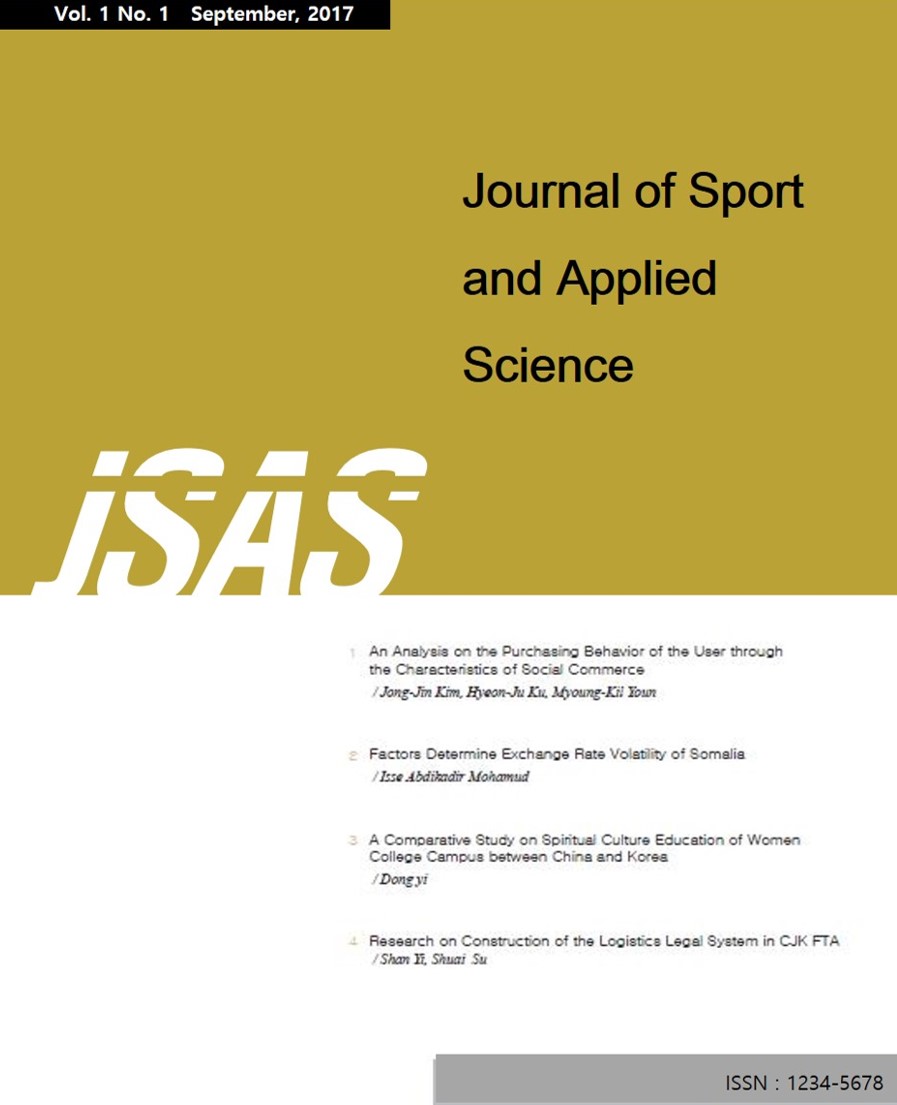- Log In/Sign Up
- E-ISSN2586-6028
- KCI Candidate
 E-ISSN : 2586-6028
E-ISSN : 2586-6028
Abstract
New insights into the aetiology of anaemia in athletes have been discovered in recent years. From hemodilution and redistribution, which are thought to commit to so-called "sports anaemia," to iron deficiency triggered by higher requirements, dietary requirements, decreased uptake, enhanced losses, hemolysis, and sequester, to genetic factors of different types of anaemia (some related to sport), anaemia in athletes necessitates a careful and multisystem methodology. Dietary factors that hinder iron absorption and enhance iron bioavailability (e.g., phytate, polyphenols) should be considered. Celiac disease, which is more common in female athletes, may be the consequence of an iron deficiency anaemia that is unidentified. Sweating, hematuria, gastrointestinal bleeding, inflammation, and intravascular and extravascular hemolysis are all ways iron is lost during strength training. In training, evaluating the iron status, particularly in athletes at risk of iron deficiency, may work on improving iron balance and possibly effectiveness. Iron status is influenced by a healthy gut microbiome. To eliminate hemolysis, athletes at risk of iron deficiency should engage in non-weight-bearing, low-intensity sporting activities.
- keywords
- Sports performance, Iron deficiency, Hepcidin expression, Iron metabolism
- Downloaded
- Viewed
- 0KCI Citations
- 0WOS Citations













